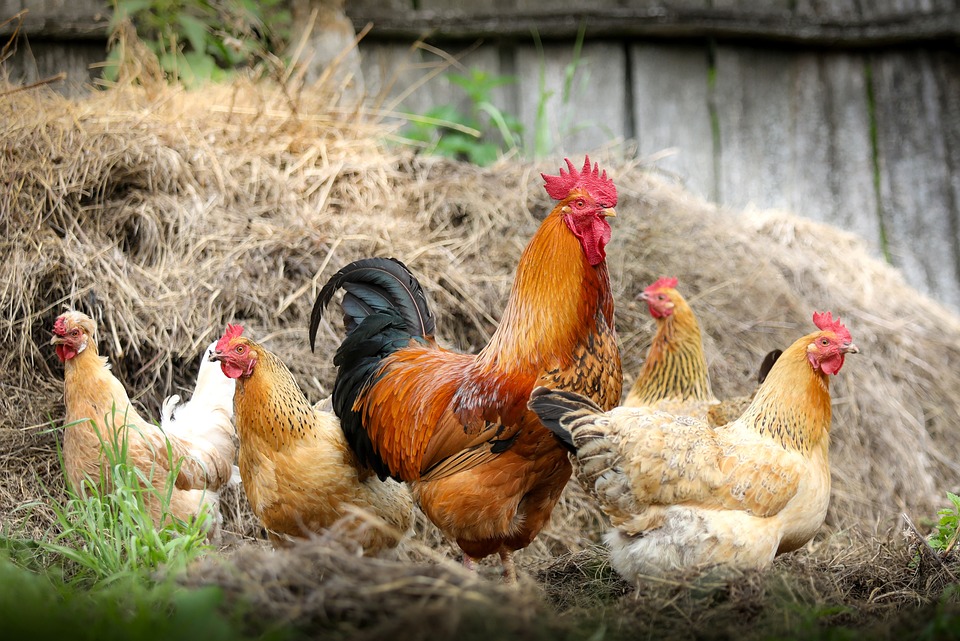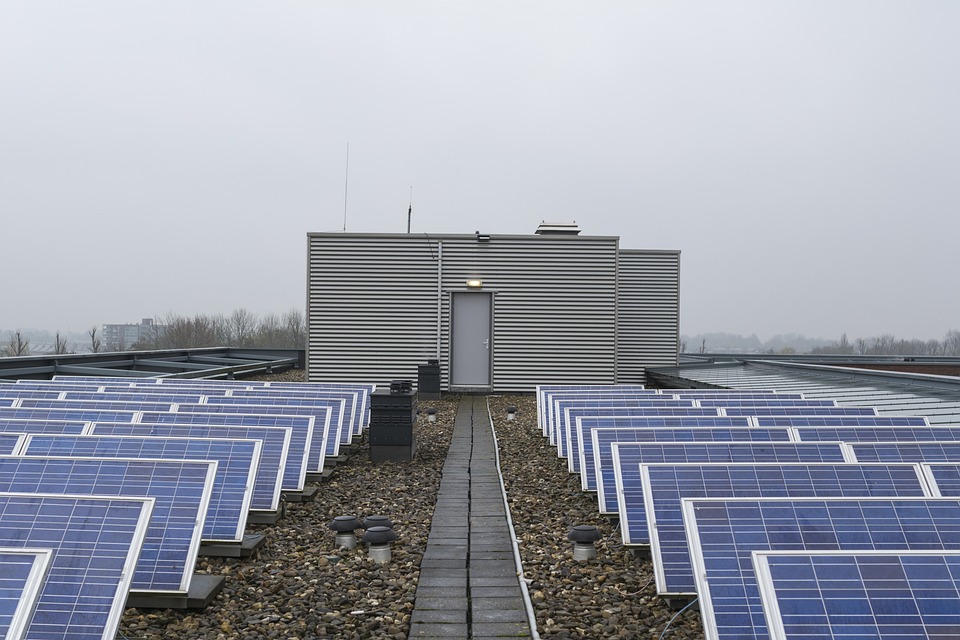
Duck farming has become increasingly popular among small-scale and large-scale livestock farmers due to the many benefits it offers. Integrating duck farming into a diversified livestock operation can bring economic benefits and also presents some challenges. This essay will explore the economic benefits and challenges of integrating duck farming into a diversified livestock operation.
Economic Benefits of Duck Farming
High-profit margin: Duck farming has a high-profit margin because ducks are relatively easy to raise and have a high feed conversion rate. This means that ducks can be raised with less feed and still produce a good yield, resulting in lower production costs and higher profits.
Multiple products: Duck farming provides multiple products, such as meat, eggs, and feathers. Duck meat is in high demand due to its unique taste and low-fat content, while duck eggs are considered a delicacy and can be sold at a premium price. Feathers can also be used for various purposes, such as pillow stuffing, making clothes, and fishing lures.
Low capital investment: Duck farming requires low capital investment compared to other livestock farming ventures, such as pig or cattle farming. It is possible to start small and gradually expand the operation as the business grows.
Environmentally friendly: Duck farming is environmentally friendly since ducks can help control pests and weeds in the fields, reducing the need for pesticides and herbicides. Ducks also produce manure that can be used as fertilizer, further reducing the need for chemical fertilizers.
Good for crop rotation: Ducks can be used in crop rotation, which helps to improve soil quality and control pests. This is because ducks eat insects and weeds, reducing the need for chemical sprays, and their manure is rich in nitrogen, which helps to fertilize the soil.
Challenges of Integrating Duck Farming
Disease: Like any livestock farming venture, duck farming is susceptible to various diseases. Farmers need to be vigilant and have a good understanding of the signs and symptoms of diseases in ducks to prevent and manage outbreaks.
Market access: The market for duck products is relatively small compared to other livestock products, such as chicken or beef. This can make it difficult for farmers to find a market for their products and can result in low prices.
Seasonal demand: The demand for duck products is seasonal, which can make it challenging for farmers to maintain a consistent income throughout the year. For example, duck eggs are in high demand during the Chinese New Year, but demand may be low at other times of the year.
Predation: Ducks are vulnerable to predation by various animals, such as foxes, raccoons, and birds of prey. Farmers need to take measures to protect their ducks from predators, such as building secure enclosures or using guard animals.
Water requirements: Ducks require access to clean water for drinking and bathing. Farmers need to ensure that their ducks have access to clean water to prevent the spread of diseases and maintain the health of their ducks.
Integration of Duck Farming into Diversified Livestock Operations
Integrating duck farming into a diversified livestock operation can provide many benefits. For example, duck manure can be used to fertilize crops, while ducks can help control pests and weeds in the fields. This can reduce the need for chemical fertilizers and pesticides, resulting in a more environmentally friendly operation. Additionally, duck products, such as meat and eggs, can be sold alongside other livestock products, providing farmers with multiple streams of income.
However, integrating duck farming into a diversified livestock operation also presents some challenges. For example, farmers need to ensure that their ducks have access to clean water and protect them from predation. Additionally, since the market for duck products is relatively small, farmers may need to invest in marketing and distribution to find a market for their products. Farmers also need to consider the compatibility of raising ducks with other livestock species. For example, ducks may carry diseases that could be transmitted to other livestock, such as chickens.
To overcome these challenges, farmers should have a well-planned and organized operation. They should ensure that their ducks have access to clean water, secure housing, and proper nutrition. Farmers should also implement biosecurity measures to prevent the spread of diseases. They can also consider raising ducks in a separate location from other livestock to minimize the risk of disease transmission.
Market access can also be a challenge for farmers integrating duck farming into a diversified livestock operation. To overcome this challenge, farmers can identify niche markets, such as restaurants or specialty stores, that are interested in locally produced duck products. They can also participate in farmers’ markets or sell products online to reach a wider customer base.
Another way to increase market access is by adding value to duck products. For example, farmers can sell duck meat products, such as duck sausages, or create unique recipes that showcase the taste and quality of their products. This can help to differentiate their products from those of other farmers and increase their market appeal.
In conclusion, integrating duck farming into a diversified livestock operation can provide many economic benefits, including high-profit margins, multiple products, and environmental sustainability. However, there are also challenges to overcome, such as disease management, market access, and predation. Farmers should carefully consider these challenges and implement strategies to mitigate them. By doing so, they can create a successful and profitable duck farming operation that complements their existing livestock business.







